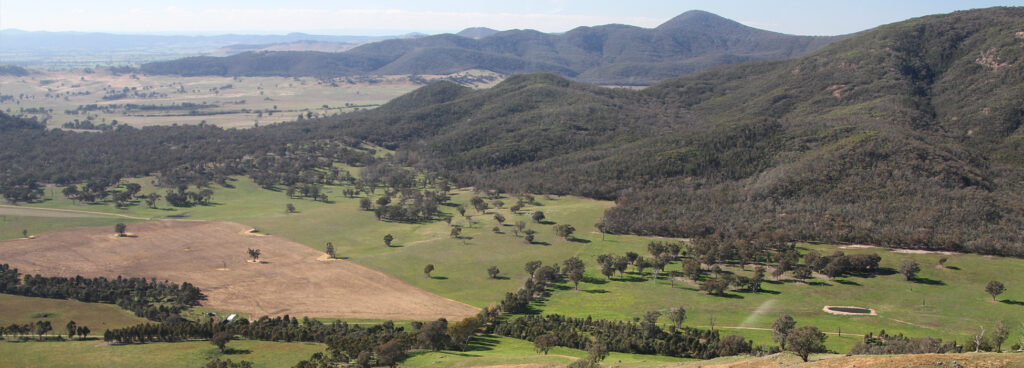
With connectivity conservation one of the most effective ways to ensure a healthier, more resilient Australia post-COVID and the devastating 2019-2020 bushfires, the recent launch of IUCN’s Guidelines for Conserving Connectivity through Ecological Networks and Corridors could not have come at a more pivotal time.
Science now overwhelmingly shows that interconnected areas managed for conservation are significantly more successful for conserving wildlife, landscapes and natural processes than isolated protected areas in a fragmented landscape dominated by human activity.
Several years in the making, the IUCN guidelines were developed by a specialist group of more than 100 managers and practitioners from 30 countries, including several of the Great Eastern Ranges’ Directors. The aim of the effort was to establish definitions for connectivity conservation practice and to highlight applications at a global level. The guidelines identify 130 connectivity conservation projects underway around the world, using case studies on 25 initiatives, including the Great Eastern Ranges, to showcase effective practice.
Chair of the IUCN Connectivity Conservation Specialist Group (CCSG) and President of The Centre for Large Landscape Conservation – one of GER’s global partners – says that, “Ecological connectivity conservation is rapidly emerging as a critical strategy to protect the dynamic processes that sustain nature in the face of habitat fragmentation and climate change. From wildlife corridors to swimways, these guidelines will help managers develop consistent and measurable practices that conserve the movement ecology of species and the flows of natural processes across landscapes and seascapes.”
Deputy Chair of IUCN CCSG and President of the storied Yellowstone to Yukon Connectivity Initiative, Jodi Hilty, argues that, “To effectively conserve biodiversity we need to advance conservation at the scale that nature needs, and that means conserving ecological networks. Key components of these networks are ecological corridors that allow ecosystems to support movement of species and other life-sustaining processes on Earth. These Guidelines help society plan for a more connected future”.
In an encouraging background to the publication of the guidelines, the House of Representatives of the United States Congress has recently passed the first-ever National Wildlife Corridor Conservation Act. States like New Hampshire, New Mexico, Oregon, and others are also adopting legislation related to ecological connectivity.
Australia already has a world-leading strategy for preserving and connecting habitat at the continental scale; The National Wildlife Corridors Plan: A framework for landscape-scale conservation. This visionary document, the first of its kind in the world, was adopted by our Federal Government in 2012 but to date has only had a faint influence upon formal policy. The release of IUCN’s new guidelines, and the critical need to build back better post the pandemic, is a prime opportunity to reinvigorate our national wildlife corridors plan and ensure it is firmly embedded and implemented in future policy and practice.
The plan can provide a critical focus for government programs and enable rapid expansion of existing connectivity conservation initiatives such as the Great Eastern Ranges and Gondwana Link. A collaborative, landscape-scale approach to conservation that focuses on protecting, relinking and restoring habitats is the best chance we have of building resilience, and of ensuring our communities, wildlife, environment and economies recover and thrive in a rapidly changing climate.
By Bob Debus, Chair, Great Eastern Ranges initiative



 Expert opinion
Expert opinion